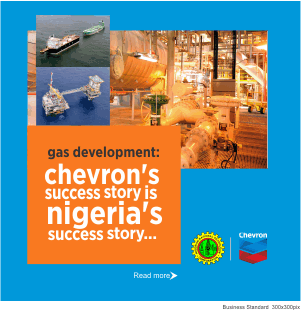Even though the Central Bank of Nigeria (CBN) has hurriedly brushed aside, Monday’s revelation of a Dubai based international investment firm, Arqaam Capital, that seven Nigerian banks were under “full-blown financial crisis,” and two already insolvent, world’s leading risk rating agency, Fitch Ratings, has said Nigerian banks were experiencing a sharp rise in non-performing loans(NPLs) capable of drawing to down further.
However, the agency added that in isolation, asset-quality deterioration was not yet a negative driver for the 11 commercial banks in Nigeria that are under its ratings, while the downturn in the economy, which precipitated the NPLs, would see a reprieve next year.
In a statement yesterday, Fitch said: “Worsening NPL trends in the sector have accelerated since end-2015 and we expect this to continue because operating conditions remain difficult.”
It would be recalled that the CBN had in its latest financial stability report, said banks’ NPLs rose to 11.7 per cent of gross loans at end-June 2016 from 5.3 per cent at end-2015.
But reacting to this development, Fitch stated: “This exceeds our start-of-year expectations for a 10 per cent NPL ratio by end-2016.”
Fitch, however, noted that “NPLs are not evenly spread among banks and sector NPL ratios are distorted by some exceptionally high concentrations.
“Other key concerns are tightening foreign currency (FC) liquidity, weakening capital adequacy ratios and the sovereign’s ability to support banks, given its weaker financial flexibility.
“If current challenges do not ease, the banks could face further downgrades. Our discussions with banks indicate that most impairment and defaults are concentrated in the private sector, which is affected by FC shortages and the depreciation of the Naira. “Borrowers are struggling to access scarce FC and those dependent on Naira income are finding it hard to meet escalating repayment costs triggered by the depreciation.
“Sector NPLs would have been higher if banks had not undertaken widespread restructuring of loans to the oil and gas sector, which accounts for 30 per cent of total sector loans.
“Asset-quality indicators in these portfolios are, therefore, holding up as borrowers are able to comply with generous loan maturity extensions.”
Fitch reiterated CBN’s warnings that it is expecting continued deterioration across banks’ oil and gas portfolios during the second half of 2016 as the sector faces sustained low oil prices and production disruptions.
At 11.7 per cent, as at June 2016, the industry average NPL has far gone beyond CBN’s tolerable benchmark of 5.0 per cent for all banks.
CBN is expected to impose measures such as restrictions on dividend payments and loan growth to boost capital adequacy on any bank in the breach of this benchmark.
But the apex bank, in a one-off policy change, allowed banks to write-off fully reserved NPLs by end-2016.
In relation to this, Fitch noted: “Writing off loans is normally protracted, but even this measure is unlikely to significantly bring down the level of sector NPLs.
“The Central Bank says that unreserved NPLs represented a high 31 per cent of regulatory capital in the sector at end-June 2016, far higher than the 6.0 per cent reported at end-2015.
“This puts further pressure on capital ratios, which have been affected by currency devaluation, causing some banks to report limited buffers over regulatory minimums.
“Nigeria’s economy remains in recession and we think it will be difficult for banks to contain the escalation of NPLs.”
Besides, statistics released by the National Bureau of Statistics, NBS, shows that domestic output in the second quarter of 2016 contracted by 2.1 per cent, following a 0.4 per cent contraction in the first quarter of the year, thus, throwing the economy into recession.
Fitch noted that “low global oil prices, a reduction in oil production levels, energy and FC shortages, price rises, with inflation reaching 17.6 per cent in August, and weak consumer demand are all contributing to the downturn.
“We expect real GDP to contract by 1.0 per cent in 2016, against our previous forecast of a 1.5 per cent expansion. We do expect a limited bounce-back and our 2017 forecast foresees a recovery to 2.6 per cent.
“But the medium-term growth outlook remains significantly lower than the 5.6 per cent growth of 2010-2014”.
The Dubai investment firm, had Monday this week dropped a bombshell, saying beyond rhetoric, all is not well with some named banks. Some of the banks within the week also denied being in bad shape, a line also towed by the apex bank in its media address at the end of Bankers’ Committee meeting in Lagos Wednesday.
Briefing journalists yesterday at the end of the meeting, director of banking supervision of the CBN, Tokunbo Martins, assured that the banks in the country were strong enough to absorb the losses that may arise from NPLs after all.









